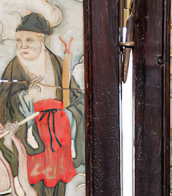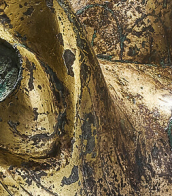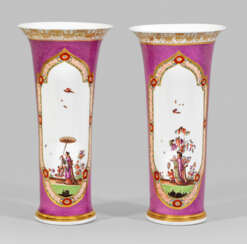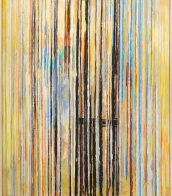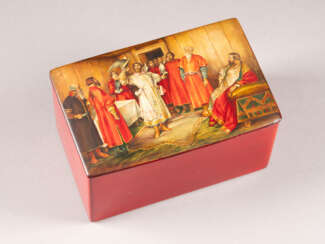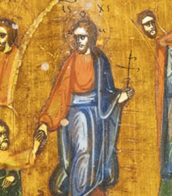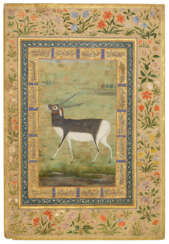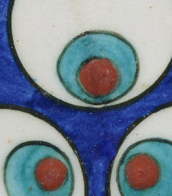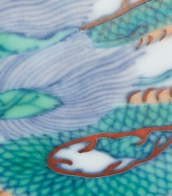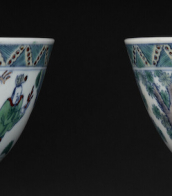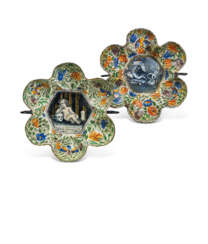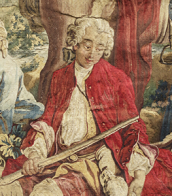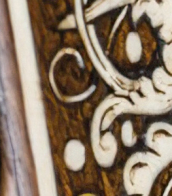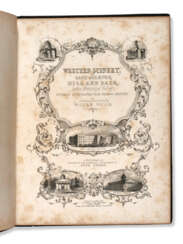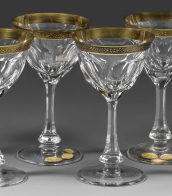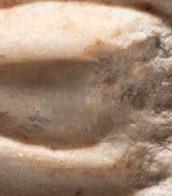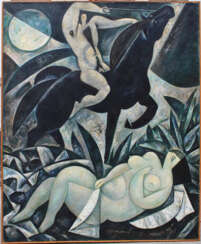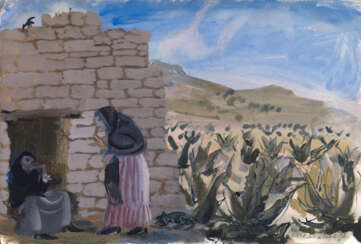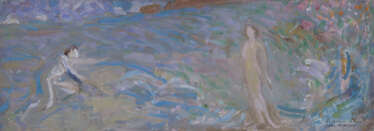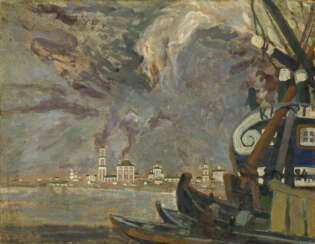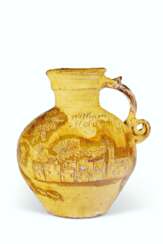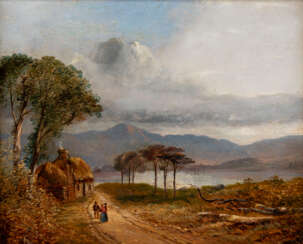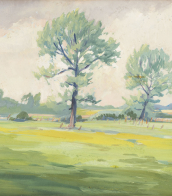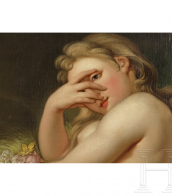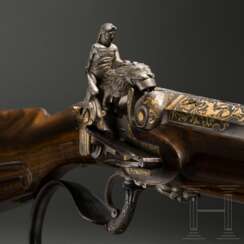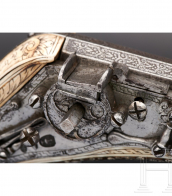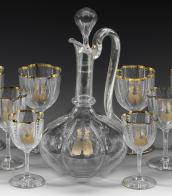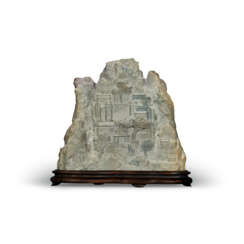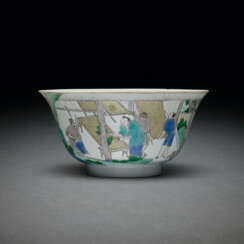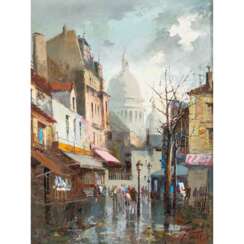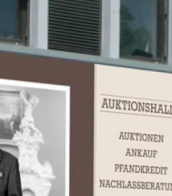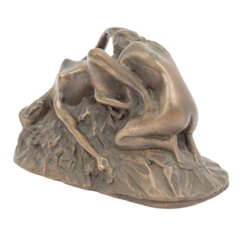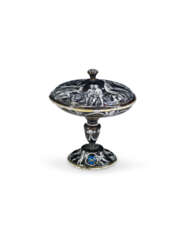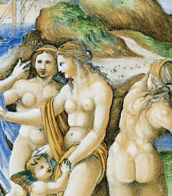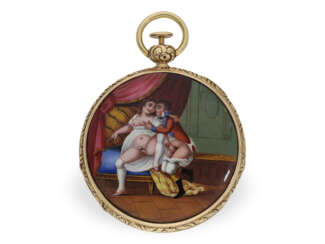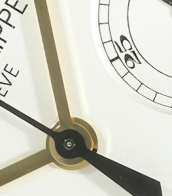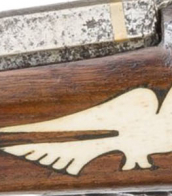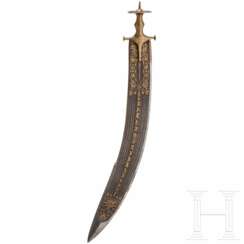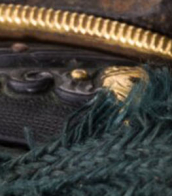bed scene
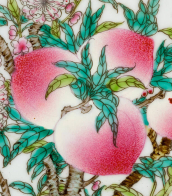
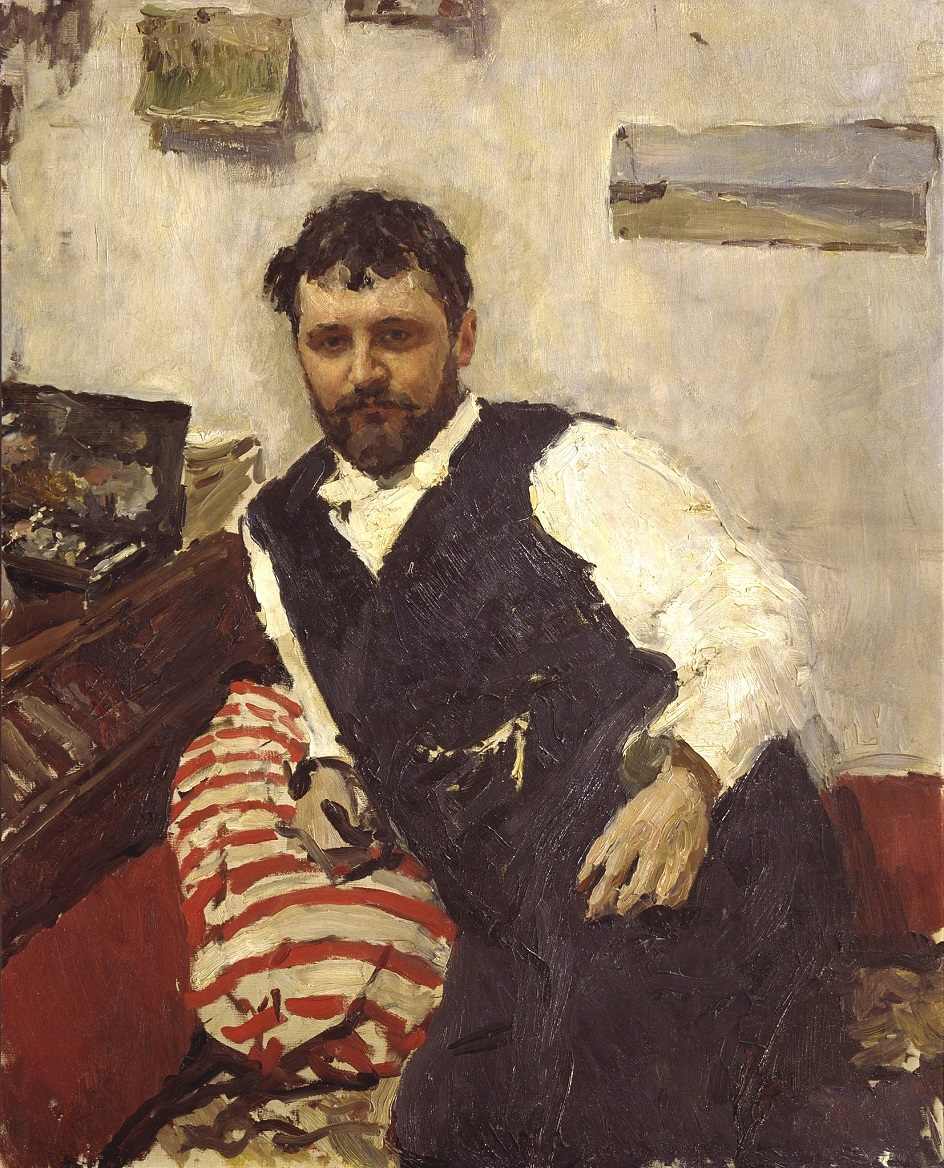
Konstantin Alekseyevich Korovin (Russian: Константи́н Алексе́евич Коро́вин) was a Russian artist and stage designer, renowned for his pivotal role in the transition from Russian Realism to Impressionism. Born in Moscow in 1861, Korovin's artistic journey began at the Moscow School of Painting, Sculpture, and Architecture, where he was heavily influenced by his mentor, Alexei Savrasov. His early work reflected the Realist tradition, but his style evolved after exposure to the vibrant art scenes of Paris and the influence of French Impressionists.
Korovin's contribution to art is marked by his vibrant palette and dynamic brushwork, capturing the transient effects of light and color with a spontaneity that was novel to Russian painting at the time. His works, ranging from lush landscapes and intimate still lifes to vivid portraits, showcase his mastery in evoking mood and atmosphere. Notably, his paintings of the Russian North and scenes of Parisian life have been celebrated for their lively, atmospheric qualities and are held in high esteem in museums and galleries worldwide, including the Tretyakov Gallery in Moscow and the Russian Museum in Saint Petersburg.
Beyond painting, Korovin's legacy includes significant contributions to theater design, where his innovative use of color and lighting brought new dimensions to stage productions in Russia, collaborating closely with the Moscow Art Theatre. His scenic designs for operas and ballets are credited with revolutionizing the visual aspect of Russian theater, making him a pivotal figure in both the visual and performing arts.
For collectors and experts in art and antiques, Korovin's works represent a unique blend of Russian tradition and Western artistic movements, making them highly sought after. His ability to capture the essence of a moment, whether in the tranquil Russian countryside or the bustling streets of Paris, continues to captivate audiences and scholars alike.
To stay informed on new sales and auction events featuring works by Konstantin Alekseyevich Korovin, sign up for our updates. This subscription ensures you're the first to know about valuable opportunities to add to your collection, focusing exclusively on Korovin's art and related events.
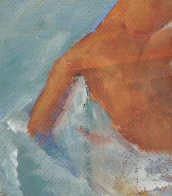
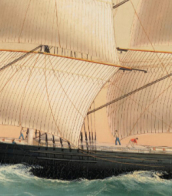
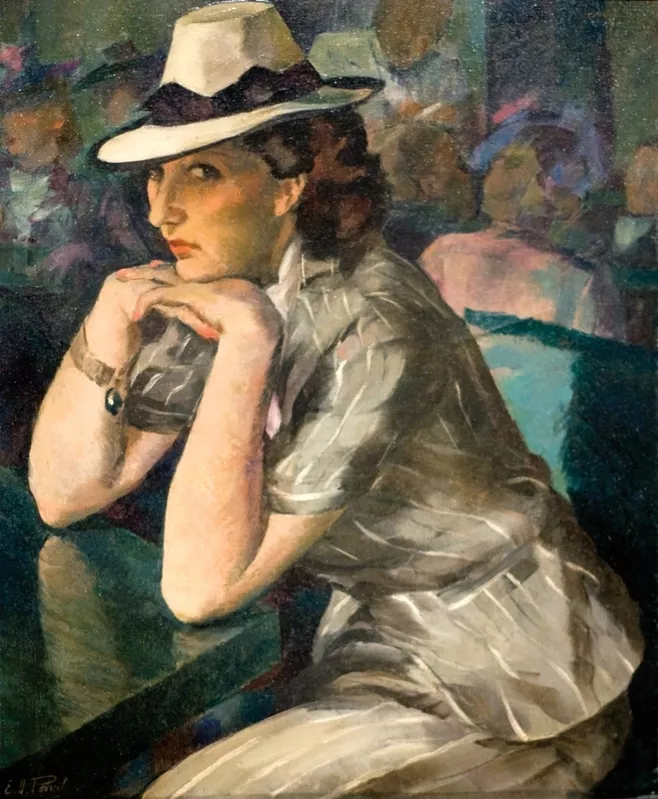
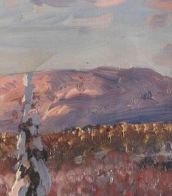
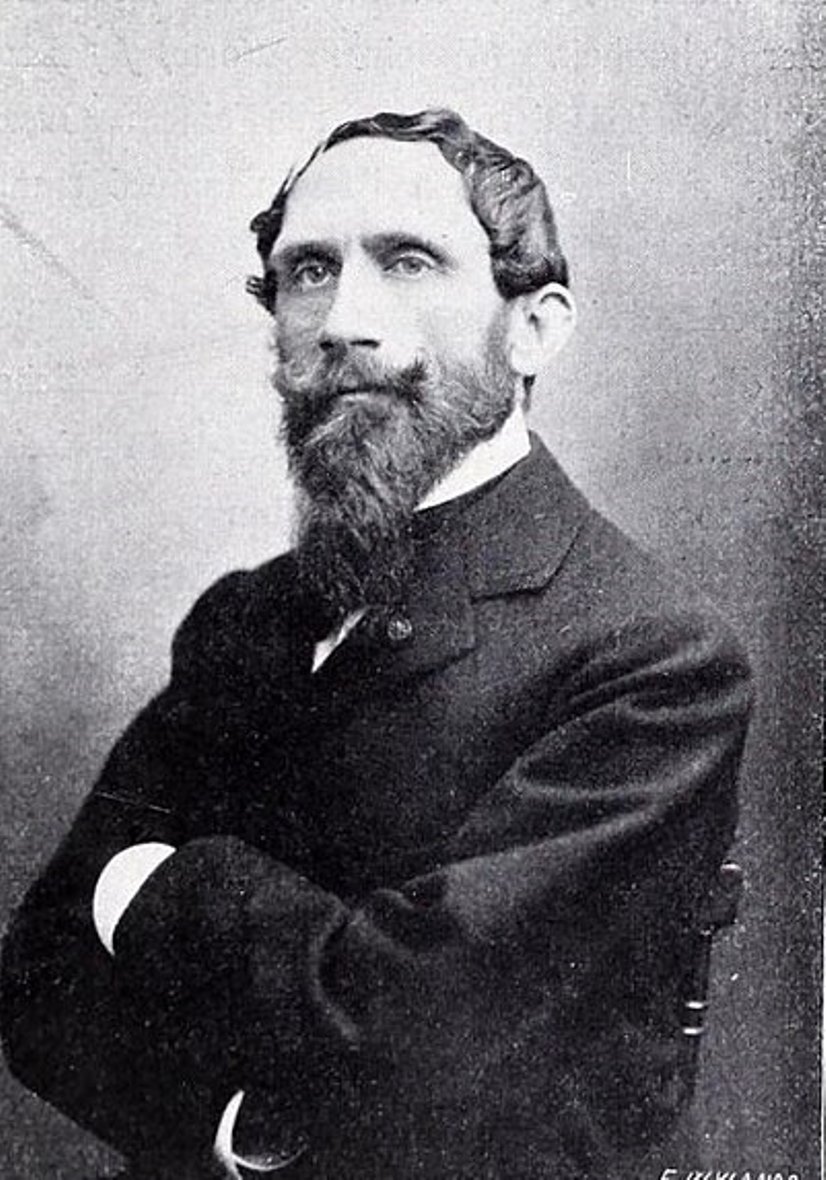
Jef Lambeaux, full name Joseph Marie Thomas Lambeaux, was a Belgian sculptor who combined realism and the Renaissance.
Lambeaux studied at the Academy of Fine Arts in Antwerp and was a member of the Van Beers clique, a group of eccentric young artists that also included the artists Piet Verhart (1852-1908) and Alexander Streiss (1852-1941). He later became a founder of the Brussels-based avant-garde group Les Vingt.
Lambeaux's sculptures have often provoked mixed reactions, but they are a reinterpretation of Renaissance and Baroque body image. Turning to classical themes in depicting nudes in motion, Lambeaux created many fountain figures, park sculptures and monuments. Among them is the Brabo Fountain, which has become a landmark in Antwerp. For the 1897 World's Fair pavilion, he created a large-scale marble bas-relief "Temple of Human Passion", which was condemned by the Catholic Church for being a "marble brothel".
The sculptor was known for his love of competitive wrestlers and boxers, and adored circus performances. Scenes of struggle and love are a constant theme of Lambeaux's work. His sculpture "Wrestlers" is also inspired by the popular Renaissance theme of two naked bodies straining all their strength in an extreme struggle.
In 1903, Jef Lambeaux became a member of the Royal Belgian Academy.
